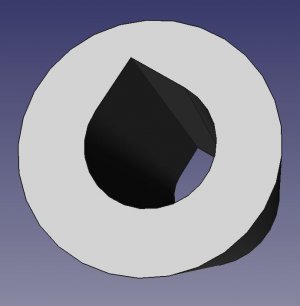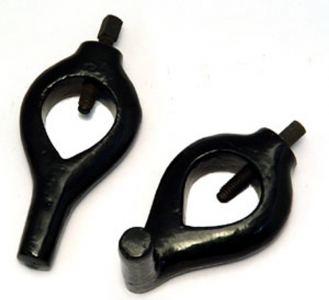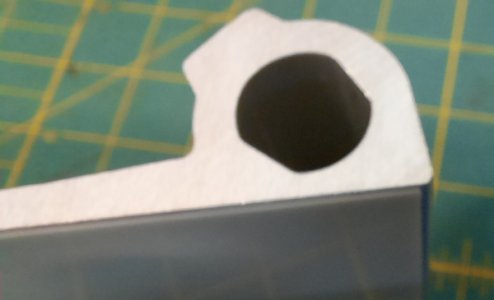- Joined
- Sep 2, 2021
- Messages
- 156
I have a Tormek sharpening system and one of the very effective techniques they use to secure a fixture to a rod is to use a V grip cylinder as shown (in it's simplest form). A set screw forces the rod into the V and with very little torque prevents spinning on the rod.
Being relatively new to machining techniques, I've wondered how to recreate this in either mild steel or perhaps aluminum. I suspect broaching, but I've never seen a broach shaped like this and making one is beyond my pay grade and skill set. Other methods? Drill and square file works over time, I guess, but for a 2" long cylinder, well, I may not live that long. Making one off here and there as needed, as in hobby, not a production run.
Any hints?

DanK
Being relatively new to machining techniques, I've wondered how to recreate this in either mild steel or perhaps aluminum. I suspect broaching, but I've never seen a broach shaped like this and making one is beyond my pay grade and skill set. Other methods? Drill and square file works over time, I guess, but for a 2" long cylinder, well, I may not live that long. Making one off here and there as needed, as in hobby, not a production run.
Any hints?

DanK



